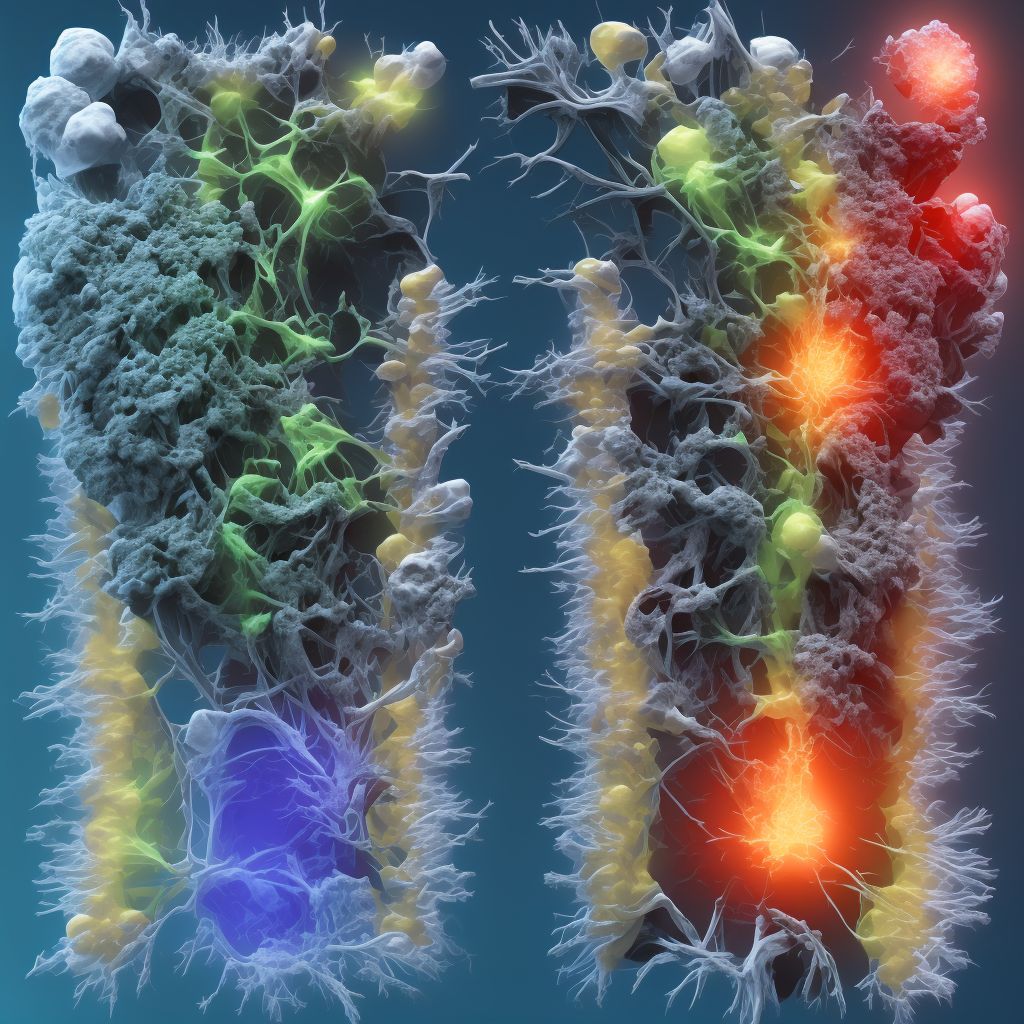
Displaced fracture of right tibial tuberosity, subsequent encounter for open fracture type IIIA, IIIB, or IIIC with nonunion Save
ICD-10 code: S82.151N
Disease category: S82.151: Displaced fracture of right tibial tuberosity
Displaced Fracture of Right Tibial Tuberosity: Understanding Nonunion and Subsequent Encounters
A displaced fracture of the right tibial tuberosity can result in significant complications, including nonunion. In this article, we will explore the concept of nonunion and subsequent encounters related to open fracture types IIIA, IIIB, or IIIC. Understanding these terms can help patients and healthcare providers make informed decisions about their care.
What is a displaced fracture of the right tibial tuberosity?
A displaced fracture occurs when the pieces of bone at the site of the fracture are no longer aligned properly. In the case of the right tibial tuberosity, this refers to a break in the bony prominence located on the upper part of the tibia, just below the kneecap.
Nonunion and subsequent encounters
Nonunion refers to a situation where a fractured bone fails to heal properly. It can occur in open fracture types IIIA, IIIB, or IIIC, which are classified based on various factors such as the severity of soft tissue damage, contamination, and bone loss. Subsequent encounters refer to follow-up visits or medical encounters related to the initial fracture.
- Open fracture type IIIA: This type involves a fracture with a clean wound smaller than 10 cm, minimal soft tissue damage, and no significant contamination.
- Open fracture type IIIB: In this type, the fracture has extensive soft tissue damage that requires surgical intervention, often including the use of flaps or grafts to cover the wound.
- Open fracture type IIIC: This type involves severe injury to the surrounding tissues, including major blood vessels or nerves.
Understanding the significance of nonunion
Nonunion can be a challenging complication of a displaced fracture of the right tibial tuberosity. It occurs when the fractured bone fails to heal within the expected timeframe, leading to ongoing pain, limited mobility, and potential long-term disability. Nonunion often requires additional medical interventions, such as bone grafting or surgical stabilization, to promote healing.
In conclusion, a displaced fracture of the right tibial tuberosity can lead to nonunion and subsequent encounters for open fracture types IIIA, IIIB, or IIIC. Recognizing the importance of timely medical intervention and understanding the implications of nonunion can help patients and healthcare providers make informed decisions regarding their treatment options.
Treatment of Displaced fracture of right tibial tuberosity, subsequent encounter for open fracture type IIIA, IIIB, or IIIC with nonunion:
Treatment Options for Displaced Fracture of Right Tibial Tuberosity
Dealing with a displaced fracture of the right tibial tuberosity can be a challenging and painful experience. Fortunately, there are several treatment options available to help you on your road to recovery. This article will explore some of the most effective treatments for open fracture type IIIA, IIIB, or IIIC wi...
To see full information about treatment please Sign up or Log in